Your cart is currently empty!
Tag: IndoorGrowing

Lighting is essential in cannabis cultivation, influencing plant health and yield. Optimizing the light spectrum is crucial, with blue light aiding vegetative growth and red light enhancing the flowering stage. LED systems are recommended for their adjustable spectrum. Proper light intensity varies by growth stage: 200-300 PAR for seedlings, 400-600 PAR for the vegetative stage,…
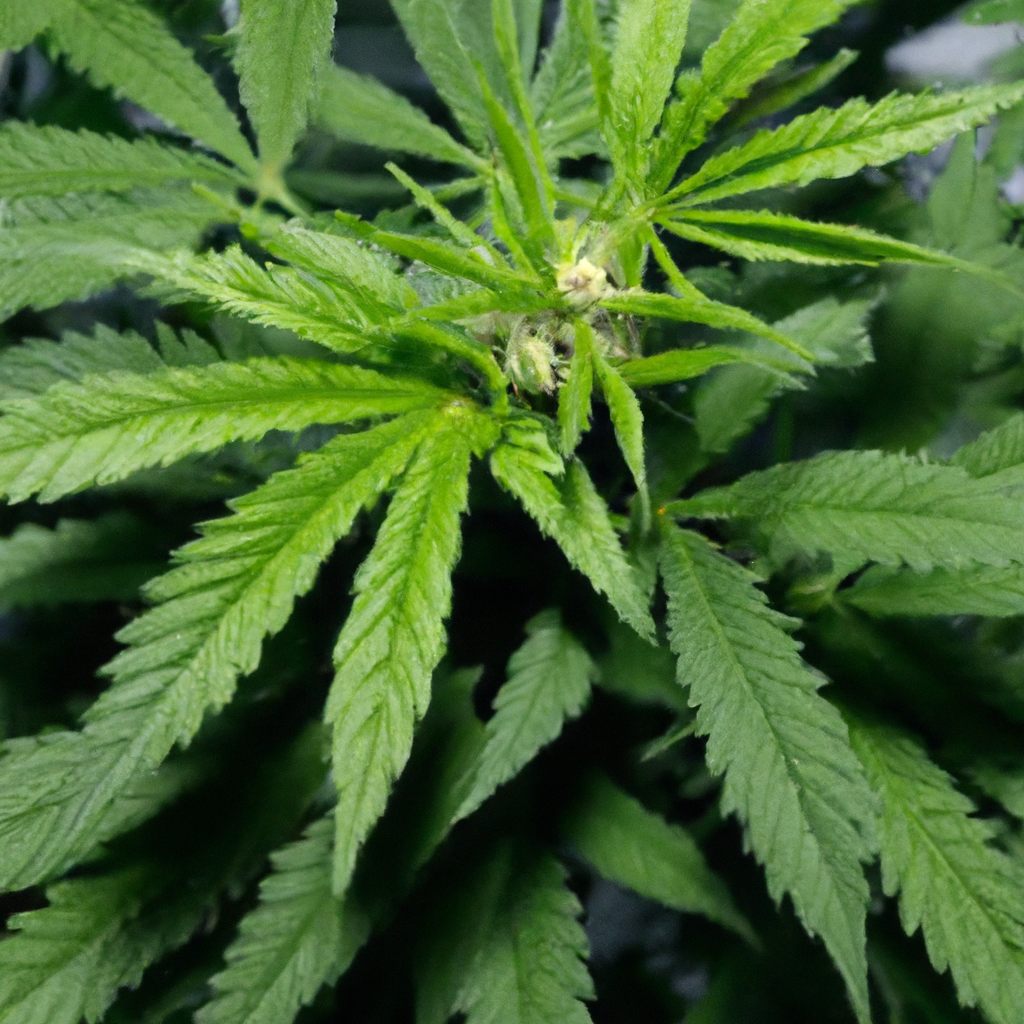
Effectively controlling and optimizing your cannabis growing environment is crucial for plant health and yield. Key elements include regulating temperature (keeping it between 70-85°F/21-29°C during the day), mastering humidity levels according to plant growth stages, and ensuring optimal airflow with the use of fans and vents. By fine-tuning these conditions using thermostats, cooling systems, and…
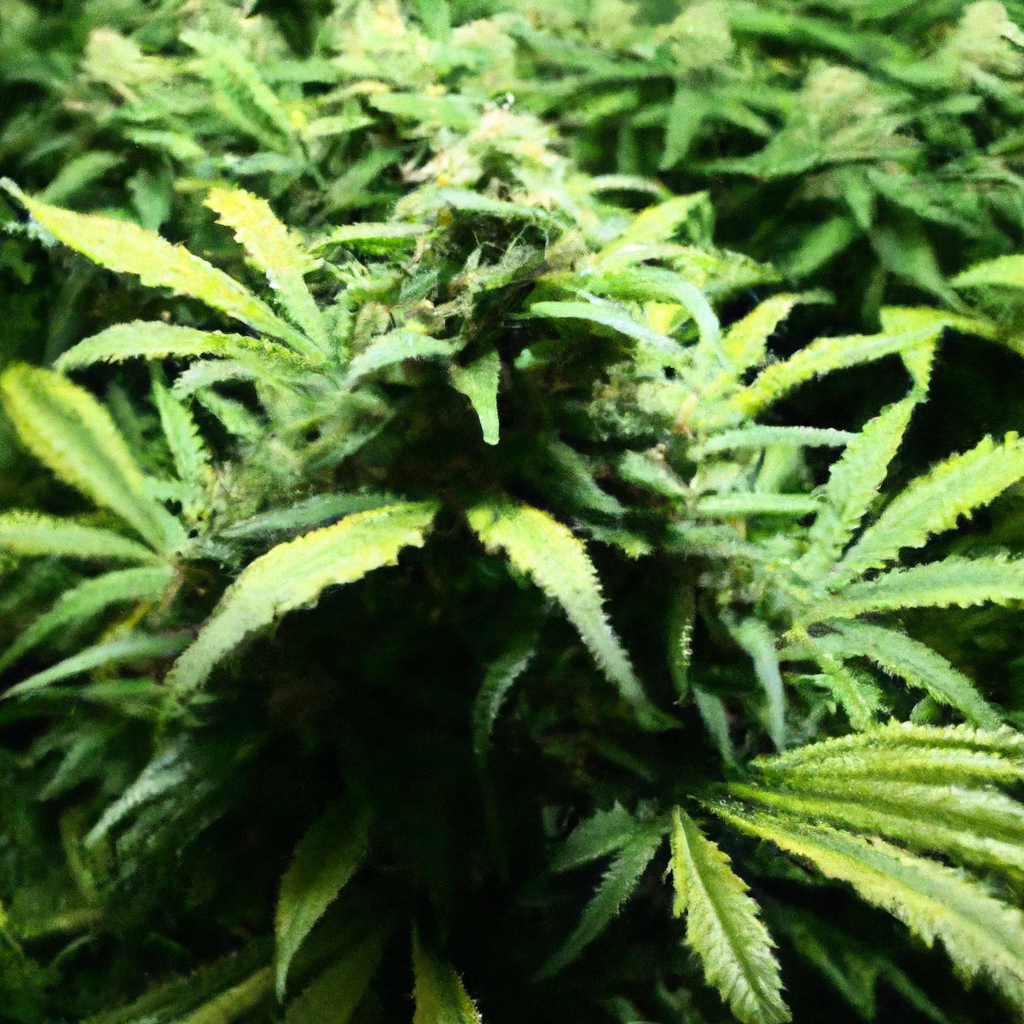
Innovative cannabis cultivators are increasingly adopting vertical farming to optimize space and boost yields in confined environments. This advanced technique, which involves growing plants in vertically stacked layers, enhances space utilization, increases yields, and improves resource efficiency. Key strategies for successful vertical farming include strategic light placement with adjustable LEDs, precise drip irrigation systems to…
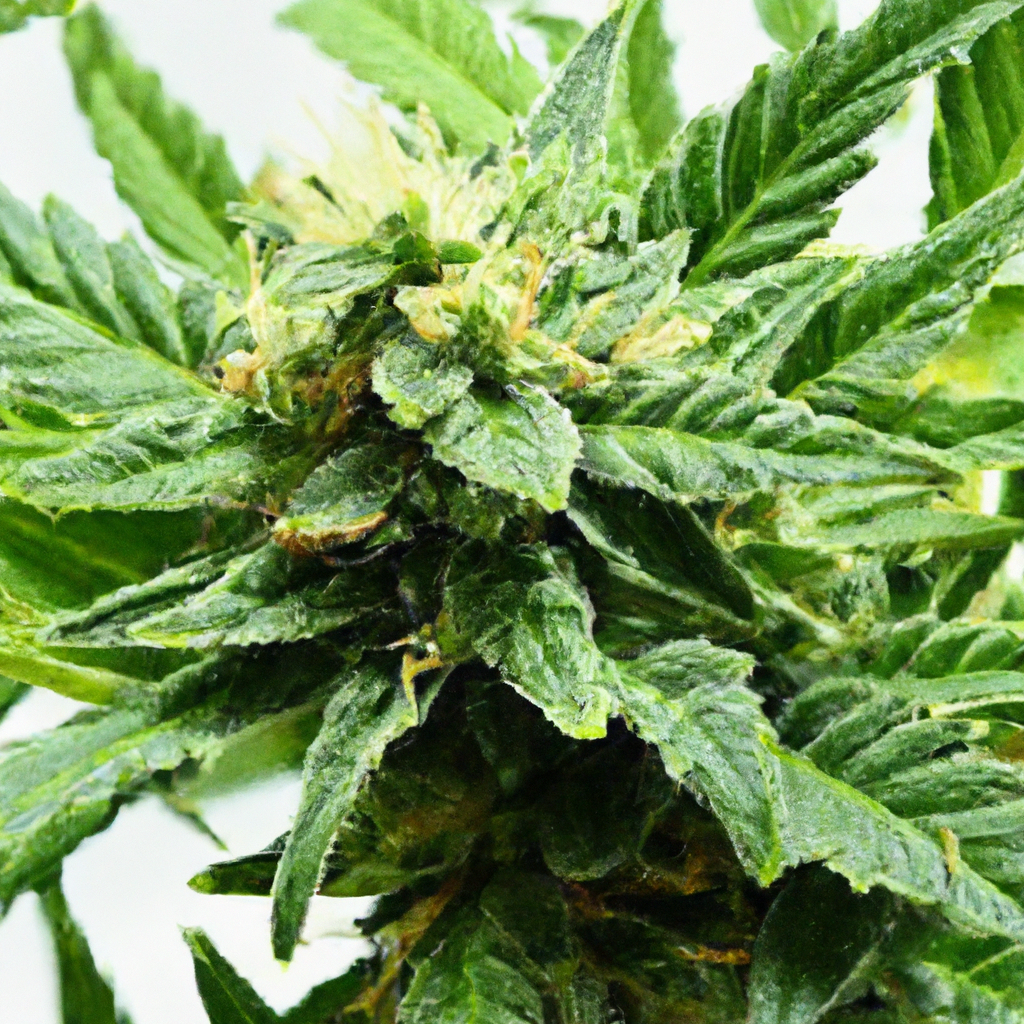
Growing cannabis indoors offers unique challenges and opportunities, with the potential to maximize yield and quality through a controlled environment. Key techniques include optimizing temperature, humidity, and lighting conditions, along with effective nutrient and watering strategies to promote healthy growth. Advanced plant training methods like Low-Stress Training and topping, coupled with thorough troubleshooting of common…
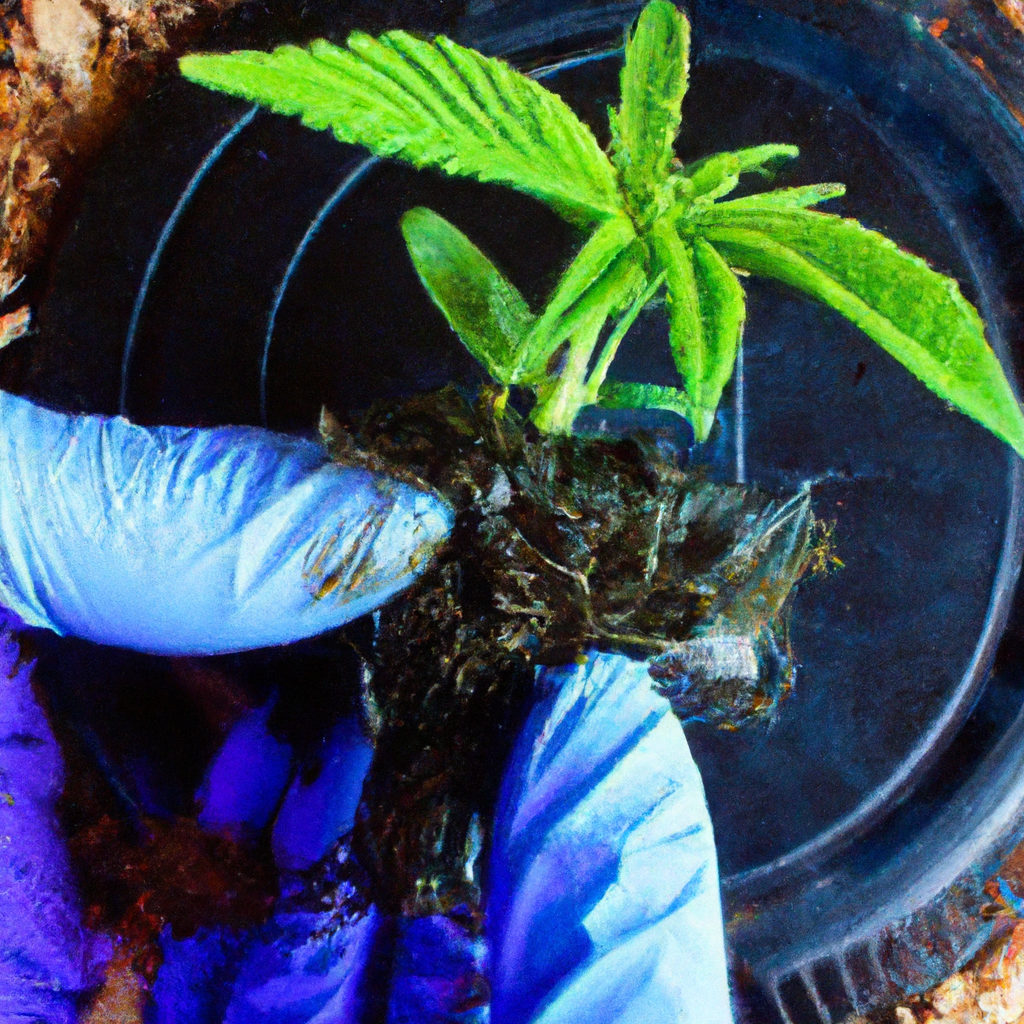
Unlock the potential of your cannabis cultivation with air layering, a propagation technique that promotes vigorous growth and genetic consistency. Unlike traditional cloning methods, air layering nurtures roots on a stem while it’s still attached to the parent plant, resulting in robust, resilient clones. Our detailed guide walks you through selecting branches, applying rooting hormone,…
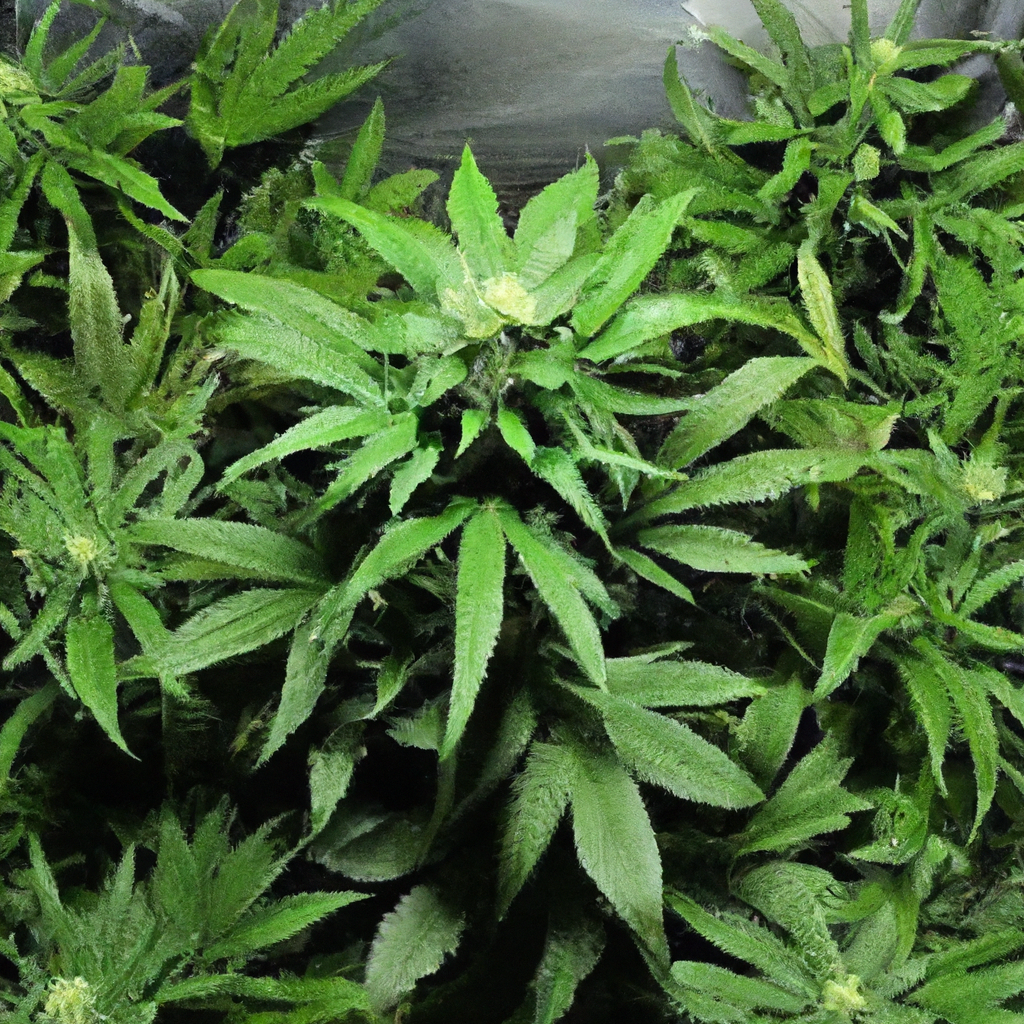
Sea of Green (SOG) is a cannabis cultivation technique designed to maximize yield in limited spaces by growing multiple small plants closely together. This method is ideal for indoor setups, creating a dense canopy for better light absorption and quicker harvests. Key steps include choosing suitable, quick-flowering strains, setting up proper lighting and spacing, and…
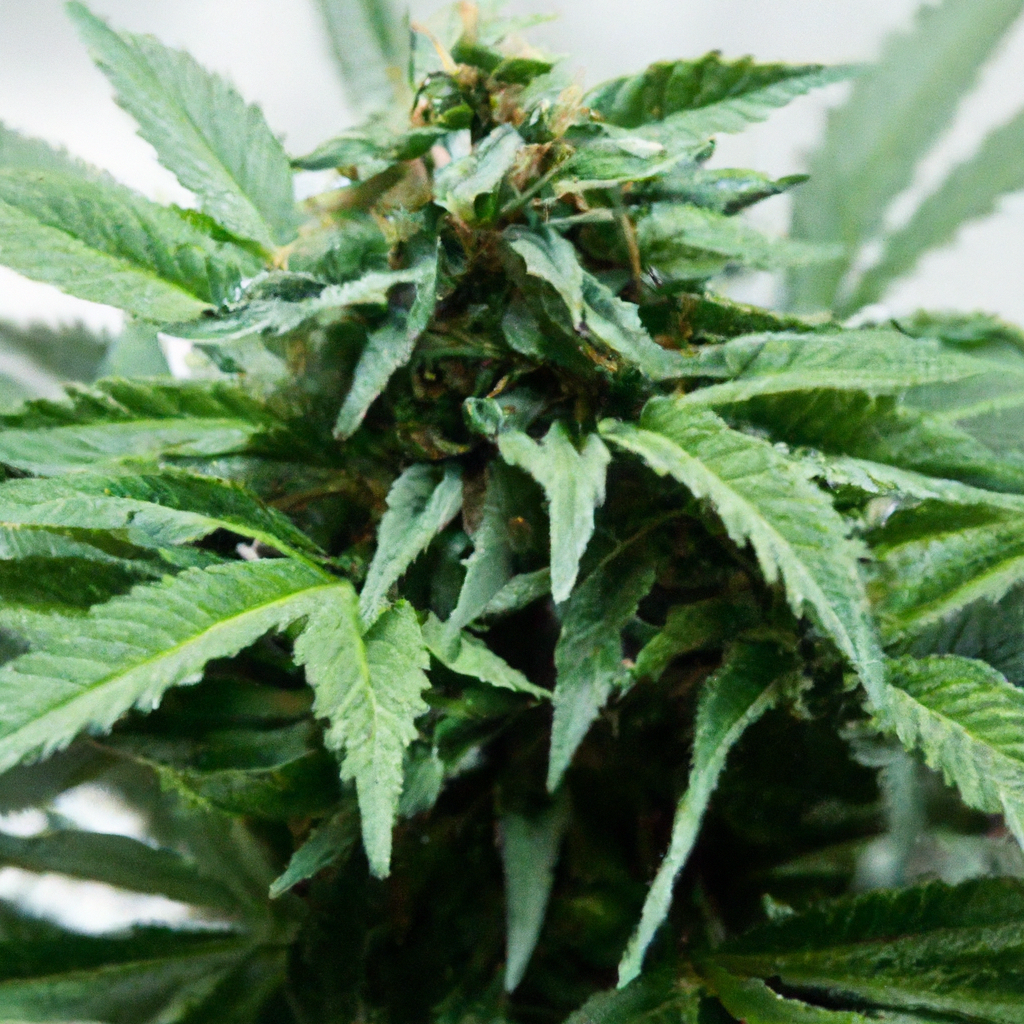
Growing cannabis indoors allows for complete control over environmental factors, potentially leading to higher yields and improved quality. Key strategies for successful cultivation include choosing strains suited for indoor growth, optimizing lighting conditions with LED lights, and maintaining ideal temperature and humidity levels. Implementing plant training techniques such as Low-Stress Training and the Screen of…
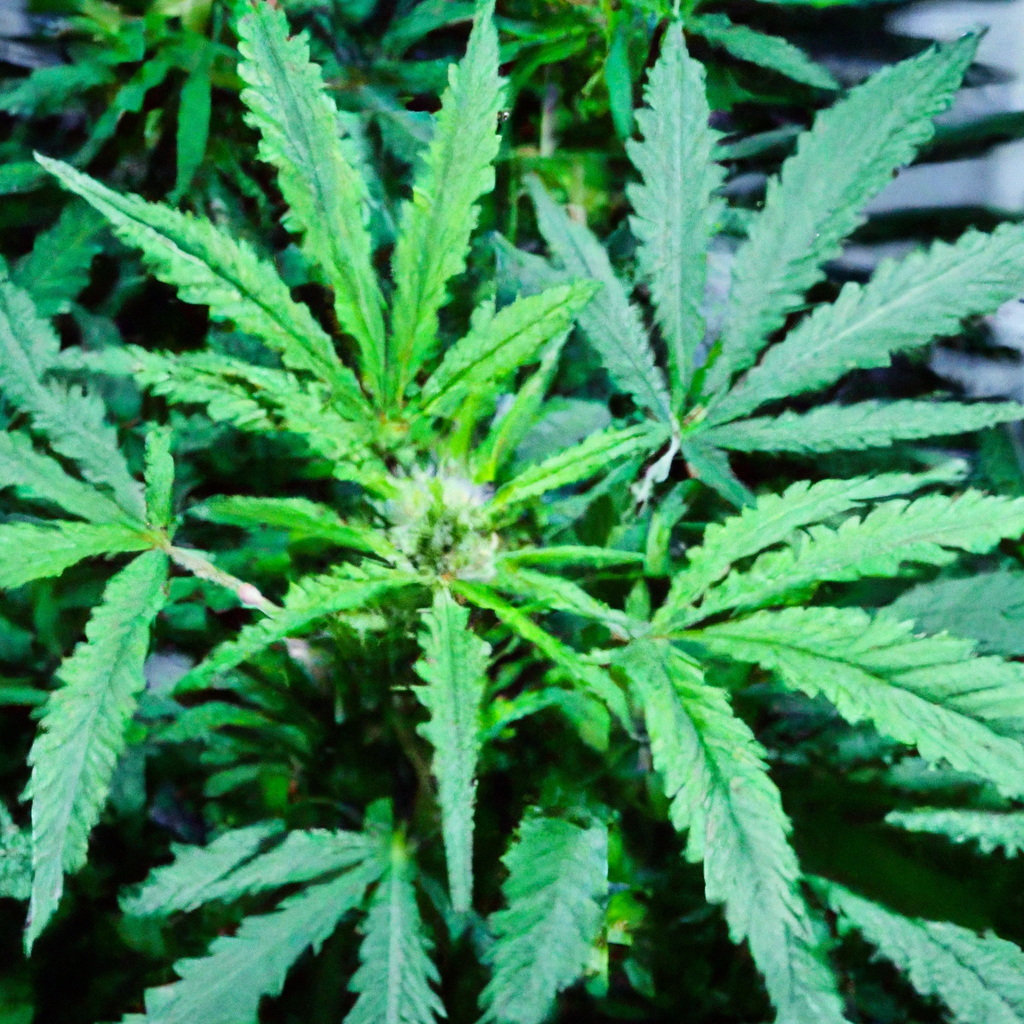
Explore essential techniques for successful indoor cannabis cultivation, focusing on key aspects like light management, climate control, and soil health. Efficient LED lighting and strategic light cycles are crucial, while maintaining optimal temperature and humidity is vital for plant health. Ensure healthy soil through nutrient management and aeration, and employ integrated pest management strategies to…
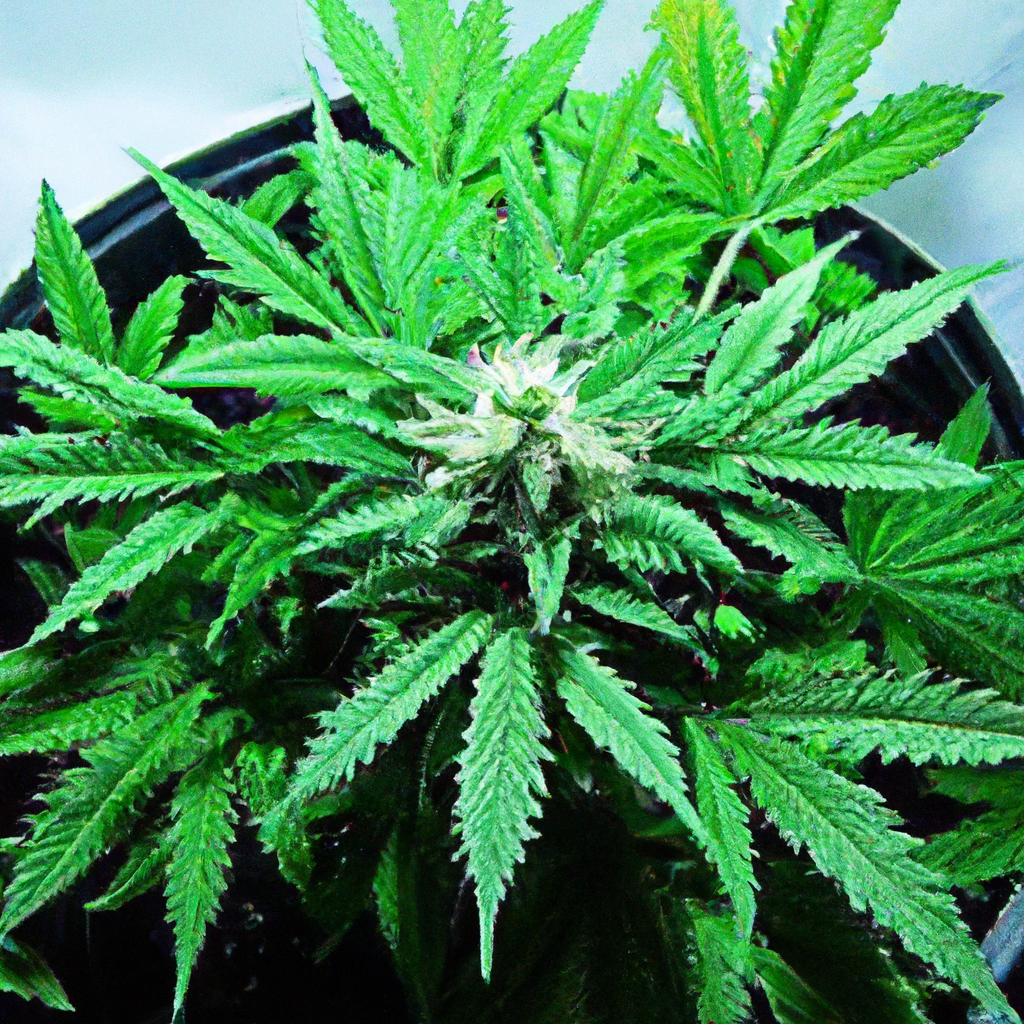
Growing cannabis at home can be a rewarding yet challenging hobby. Success hinges on understanding cultivation nuances, preparing your grow space, and refining your techniques. Start by selecting a suitable location, controlling the climate with fans and dehumidifiers, and utilizing LED lighting. For optimal growth, choose well-drained soil rich in organic matter and maintain water…
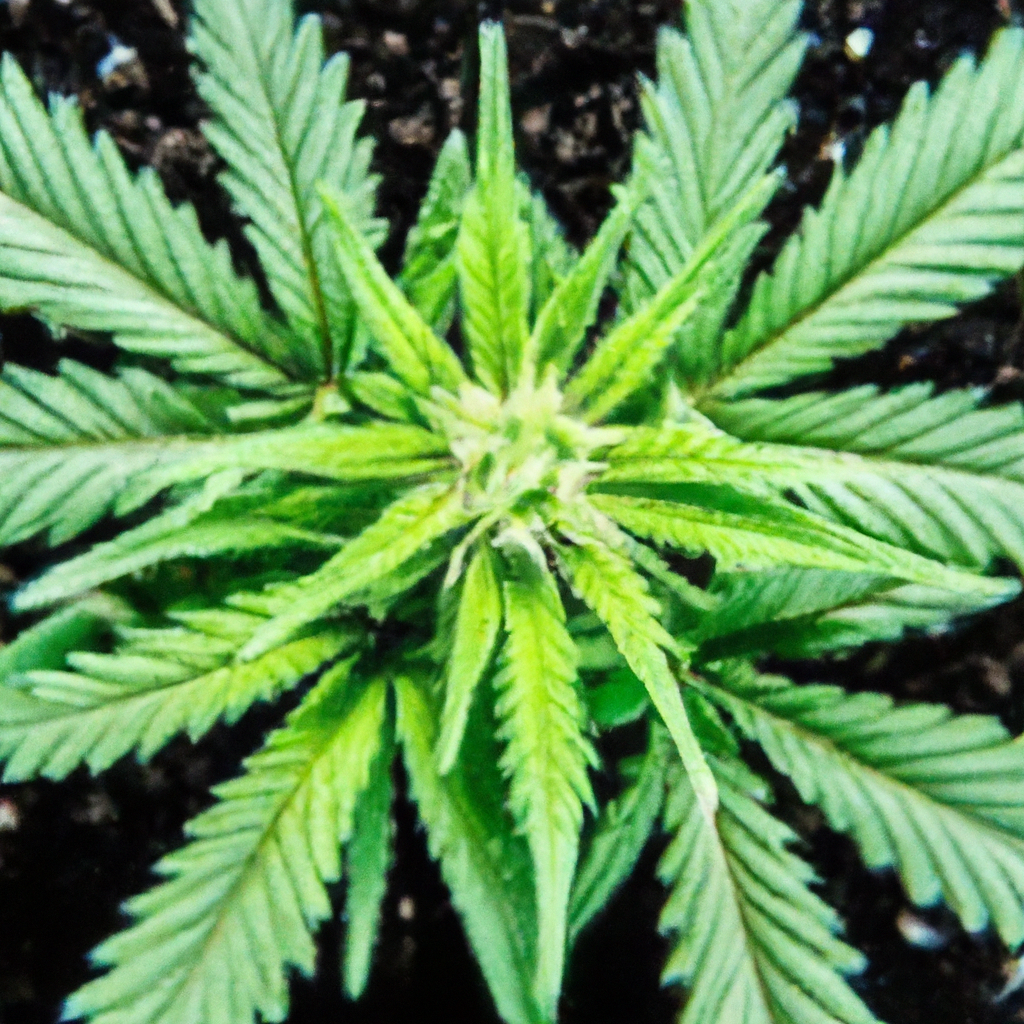
Successful cannabis cultivation relies not only on nutrients and lighting but also on a well-planned growth schedule. This post explores how precise scheduling enhances yield, quality, and plant health, focusing on each growth phase: germination, seedling, vegetative, and flowering. Best practices include using a growth calendar, investing in timers, making seasonal adjustments, and refining strategies…
